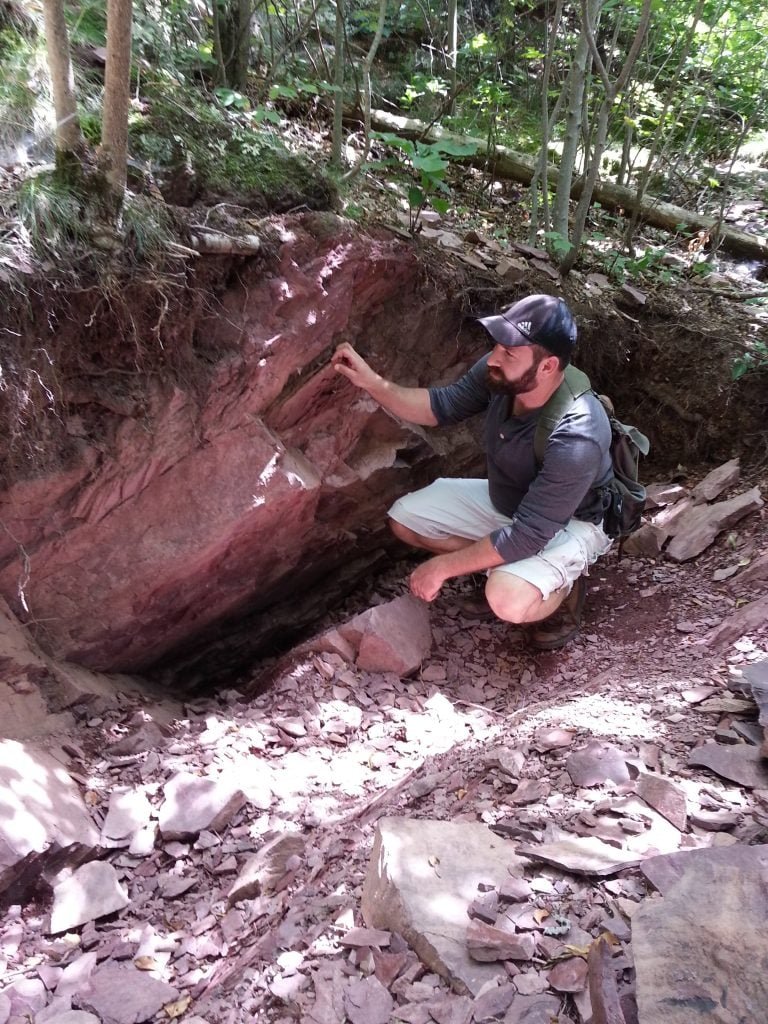Harvard University researchers have unearthed an exceptionally preserved fossil site in Massachusetts, revealing a vibrant ecosystem of over 130 species from 320-318 million years ago.
Key Discoveries:
- Diverse ecosystem with early reptiles, amphibians, arachnids, insects, and plants.
- Oldest known examples of insect behaviors, including egg-laying and plant galling.
- Fossil site, Lantern North, predates well-known Coal Age fossil sites.
- Upland environment contrasts with typical swampy coal-forming environments.
Insights into Early Life on Land:
The site provides a rare window into terrestrial life during the early Pennsylvanian period, shedding light on:
- Complex plant-insect interactions.
- Early appearances of major animal groups.
- Integrated ecosystem functioning.
Expert Perspectives:
“This site gives us an unprecedented look at a terrestrial ecosystem… We’re seeing evidence of complex plant-insect interactions.” – Richard Knecht, Lead Author
“The exceptional preservation allows us to reconstruct behaviors and ecology in ways not usually possible.” – Jacob Benner, Co-Author
The Significance of the Wamsutta Formation:
The formation represents a unique, seasonally wet environment near the paleoequator, contrasting with typical swampy coal-forming environments.
Reference:
Knecht et al. (2024). Early Pennsylvanian Lagerstätte reveals a diverse ecosystem on a subhumid, alluvial fan. Nature Communications. DOI: 10.1038/s41467-024-52181-0
Related Articles:
- Rare Fossil Discoveries in the American Great Basin
- Evolution and Diversity of Reptiles Driven by Climate Change
- The Dawn of Modern Reptiles: New Fossil Species Found
- Uncovering the Secrets of Early Terrestrial Movement in Vertebrates
Share Your Thoughts:
What insights do these fossil discoveries provide into the evolution of life on land? How do they shed light on ancient ecosystems?

















